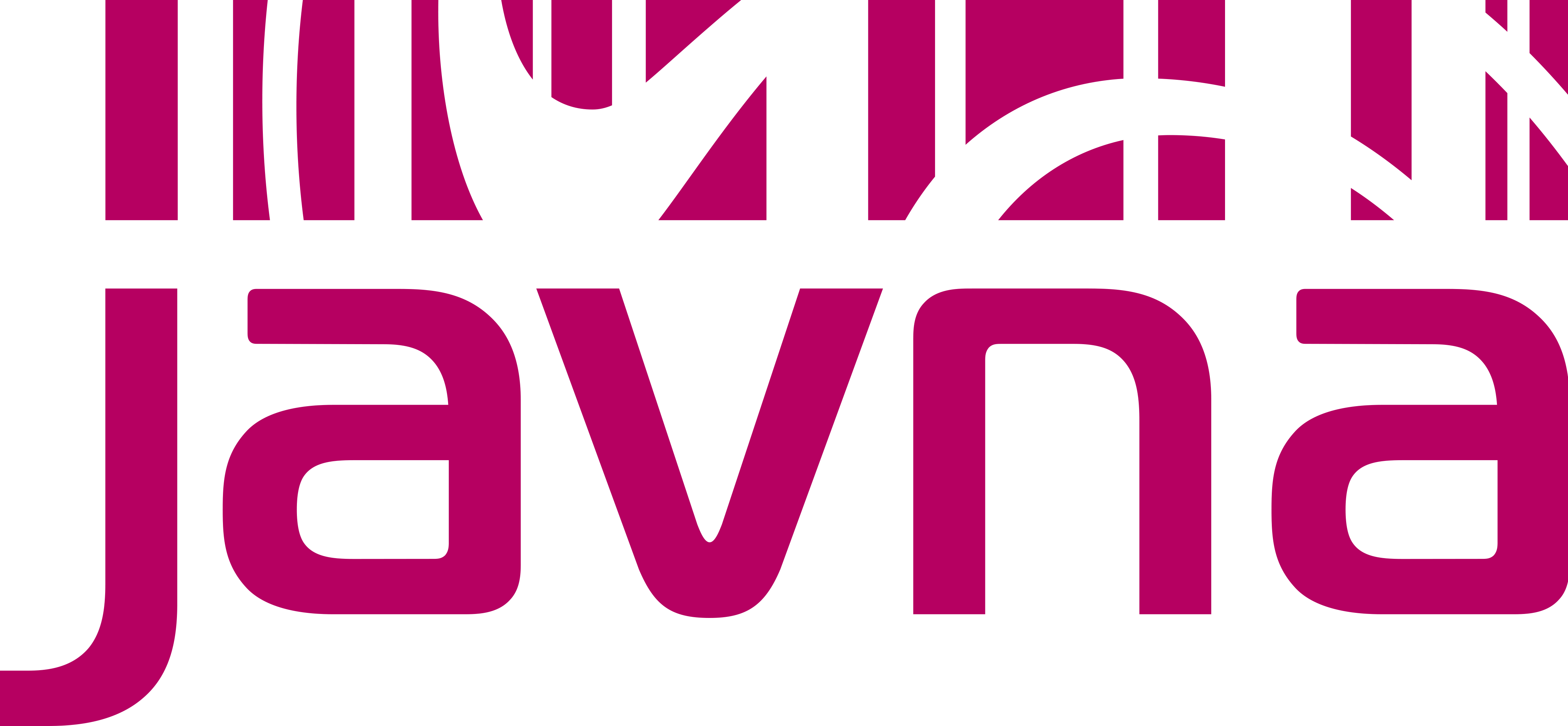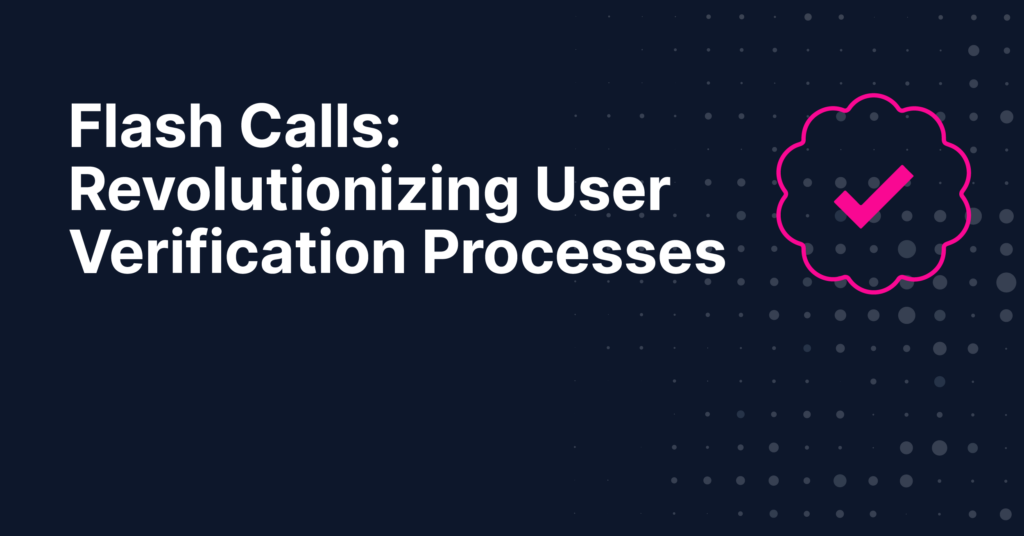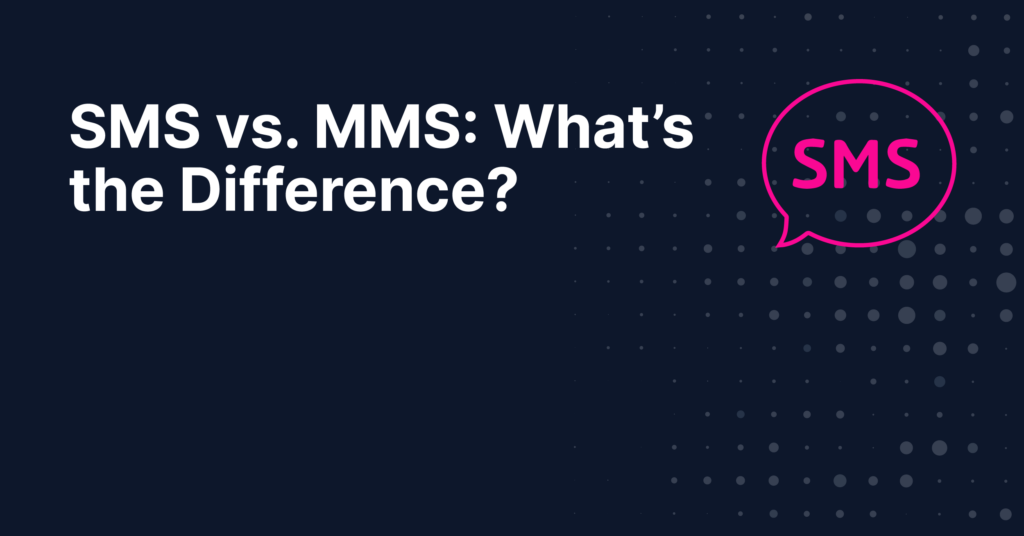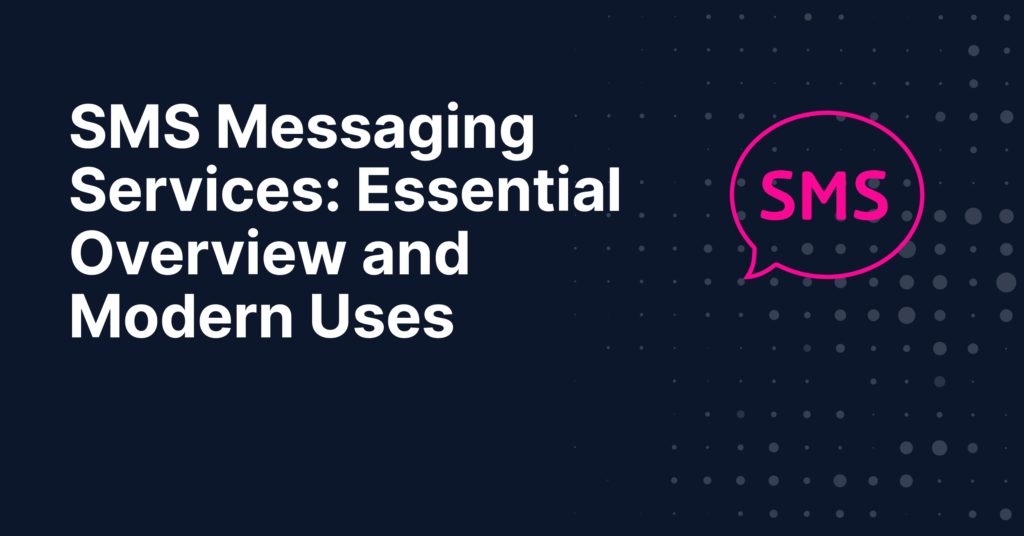Flash calls are rapidly emerging as a revolutionary method in the landscape of user verification processes. This article delves into the essence of flash calls, illustrating their pivotal role in fortifying security measures and how they serve as a complementary, if not superior, alternative to traditional One-Time Password (OTP) methods for authentication.
You will gain a comprehensive understanding of the mechanics behind flash calls, their advantages over conventional verification techniques, and the implications of their integration into current security protocols. By exploring the innovative ways flash calls are reshaping authentication practices, this piece aims to provide valuable insights into the evolving dynamics of user verification and the promising future of flash call technology in enhancing digital security.
1. What are Flash Calls?
Flash calls are an innovative user verification method that leverages brief, automated calls instead of traditional text-based codes for authentication. Unlike standard OTP mechanisms, which send a code via SMS or email that users must enter manually, flash calls automate this process by making a short call to the user’s phone. The call is automatically ended and logged by the verifying system, confirming the user’s identity without requiring manual code entry.
This process not only simplifies the verification step for users but also adds a layer of security, as flash calls are harder to intercept or replicate by unauthorized parties. By integrating seamlessly with user verification systems, flash calls provide a swift, secure, and user-friendly alternative to OTPs, streamlining authentication processes across various digital platforms.
2. Comparing Flash Calls and OTP
Flash calls and traditional One-Time Passwords (OTP) serve the same purpose of user verification but differ significantly in their approach. The following table succinctly outlines the distinctions between flash calls and OTPs across three critical aspects: security, user experience, and efficiency.
| Feature | Flash Calls | OTPs |
| Security | Higher security; less susceptible to phishing and attacks. | Vulnerable to SMS phishing and network vulnerabilities. |
| User Experience | Seamless and automated; no manual code entry required. | Requires manual entry of received codes, which can interrupt the user flow. |
| Efficiency | Immediate verification; minimal delay. | Potential delays in SMS delivery can slow down verification. |
3. Advantages of Flash Calls
Flash calls bring several notable benefits to the authentication process, making them an increasingly popular choice for businesses and users alike:
-
- Speed: Flash calls enable almost instantaneous user verification, significantly reducing the time required for authentication compared to manual OTP entry.
- Security Enhancements: By leveraging the user’s phone number as a direct verification method, flash calls minimize the risk of interception and fraud, offering a more secure alternative to traditional OTP methods.
- User Convenience: The automated nature of flash calls eliminates the need for users to manually input verification codes, streamlining the authentication process and enhancing the overall user experience.
These advantages underscore the value of flash calls in modern authentication systems, combining efficiency, enhanced security, and improved user satisfaction.
4. Use Cases for Flash Calls in Authentication
Flash calls are versatile in their application, proving to be particularly effective in various real-world scenarios for user verification:
- Account Registration and Login: Enhancing security during the initial account setup and subsequent logins by quickly verifying user identity.
- Two-Factor Authentication (2FA): Serving as a second layer of security beyond just passwords, flash calls add an additional barrier against unauthorized access.
- Banking Transactions: Used by financial institutions to secure transactions, ensuring the person making the transaction is the rightful account owner.
- E-commerce Checkouts: Streamlining purchase processes by verifying users at checkout, reducing fraud and chargebacks.
- Social Media Sign-Ups: Protecting user accounts on social platforms by verifying identity upon registration or significant account changes.
- Travel and Hospitality: Enhance booking confirmations and service customizations, improving customer experience.
- Education: Secures access to educational platforms and e-learning resources, protecting student information.
Incorporating flash calls into these sectors and diverse digital platforms not only elevates security but also streamlines the user verification process, making it more efficient and user-friendly.
5. Challenges and Considerations
While flash call verification offers numerous benefits, there are important challenges and considerations to address:
-
- Privacy Concerns: The use of direct phone calls for verification raises questions about user privacy and data protection. Ensuring user consent and transparent data handling practices are crucial.
- Regulatory Compliance: Different regions have varying regulations regarding telecommunications and data privacy. Compliance with laws like GDPR in Europe or CCPA in California is essential to avoid legal issues.
- Network Dependencies: The effectiveness of flash calls can be influenced by network reliability. Weak signals or network congestion may affect the verification process.
Addressing these challenges requires a careful balance between leveraging the advantages of flash calls and maintaining a commitment to user privacy and regulatory compliance.
6. Future of Flash Calls in Authentication
The future of flash calls in authentication looks promising, with potential for significant evolution:
-
- Increased Adoption: As awareness grows, more industries are likely to adopt flash call verification for its efficiency and security.
- Technological Advancements: Ongoing advancements in telecommunications technology could enhance the reliability and speed of flash calls, making them even more integral to authentication processes.
- Integration with AI and Machine Learning: The use of artificial intelligence and machine learning could refine flash call systems, enabling smarter fraud detection and user verification mechanisms.
Flash calls are poised to become a cornerstone in authentication, offering a blend of security and user convenience that aligns with future digital security needs.
7. Conclusion
Flash calls are significantly revolutionizing user verification processes, offering a secure, efficient, and user-friendly alternative to traditional methods. Their impact is already evident across various sectors, from banking to social media, and their potential for broader adoption continues to grow. As technology evolves and privacy concerns are addressed, flash calls are set to play a pivotal role in the future of digital authentication, making them an invaluable tool for industries seeking to enhance security and streamline user experiences.
8. FAQs about Flash Calls
-
What is A2P flash call?
A2P flash call, or Application-to-Person flash call, is a method of authentication that involves the rapid initiation and termination of an incoming call to verify a user’s phone number. It is commonly used by businesses and organizations to authenticate users during account registration or login processes.
-
How does flash call verification work?
Flash call verification works by initiating a brief incoming call to the user’s phone number. The user’s device automatically detects the call and terminates it, without the need for the user to answer or interact with the call. The call contains a unique code or token that is transmitted to the verifying system, confirming the ownership and validity of the user’s phone number. This process is rapid and seamless, providing a convenient method of user authentication for various online services and applications.
-
What is call authentication?
Call authentication is a process used to verify the identity or ownership of a phone number by initiating a phone call to the number and confirming its legitimacy. It typically involves automated systems that generate and send a unique code or token to the phone number via voice call or SMS. The user is then required to input the received code into the verifying system to complete the authentication process. This method helps prevent unauthorized access and enhances security for various online services and applications.
-
How are API calls authenticated?
API calls are authenticated using various methods such as API keys, tokens, or OAuth authentication. When making an API call, the client includes authentication credentials in the request, which are validated by the API server. This ensures that only authorized users or applications can access the API and perform the requested actions. Authentication mechanisms help maintain security and control access to API resources.



